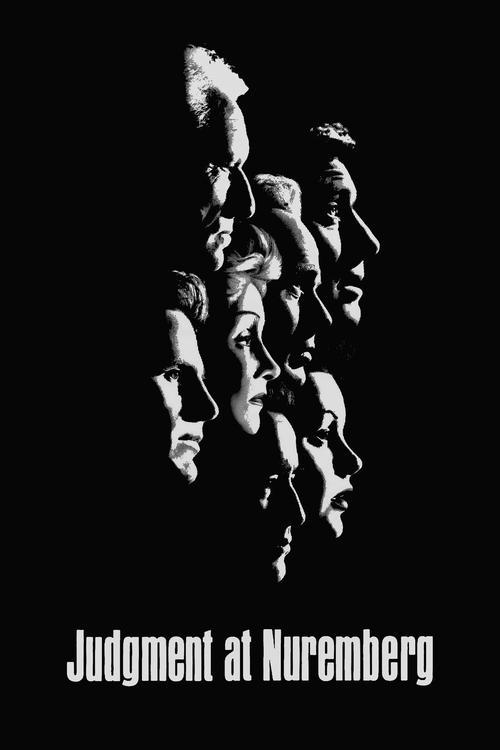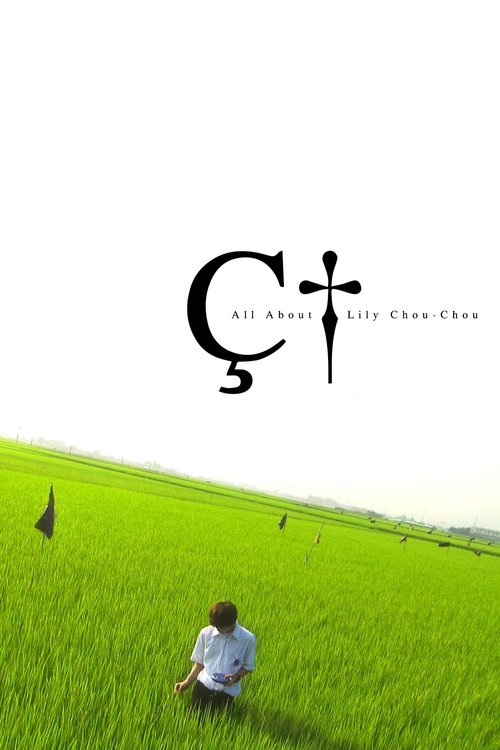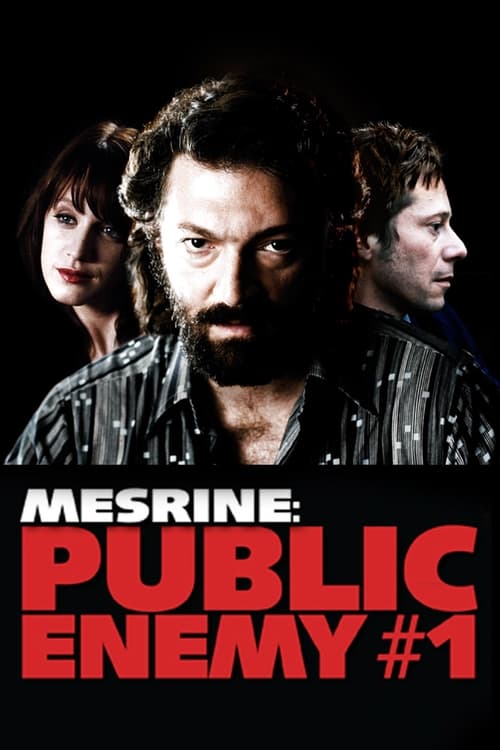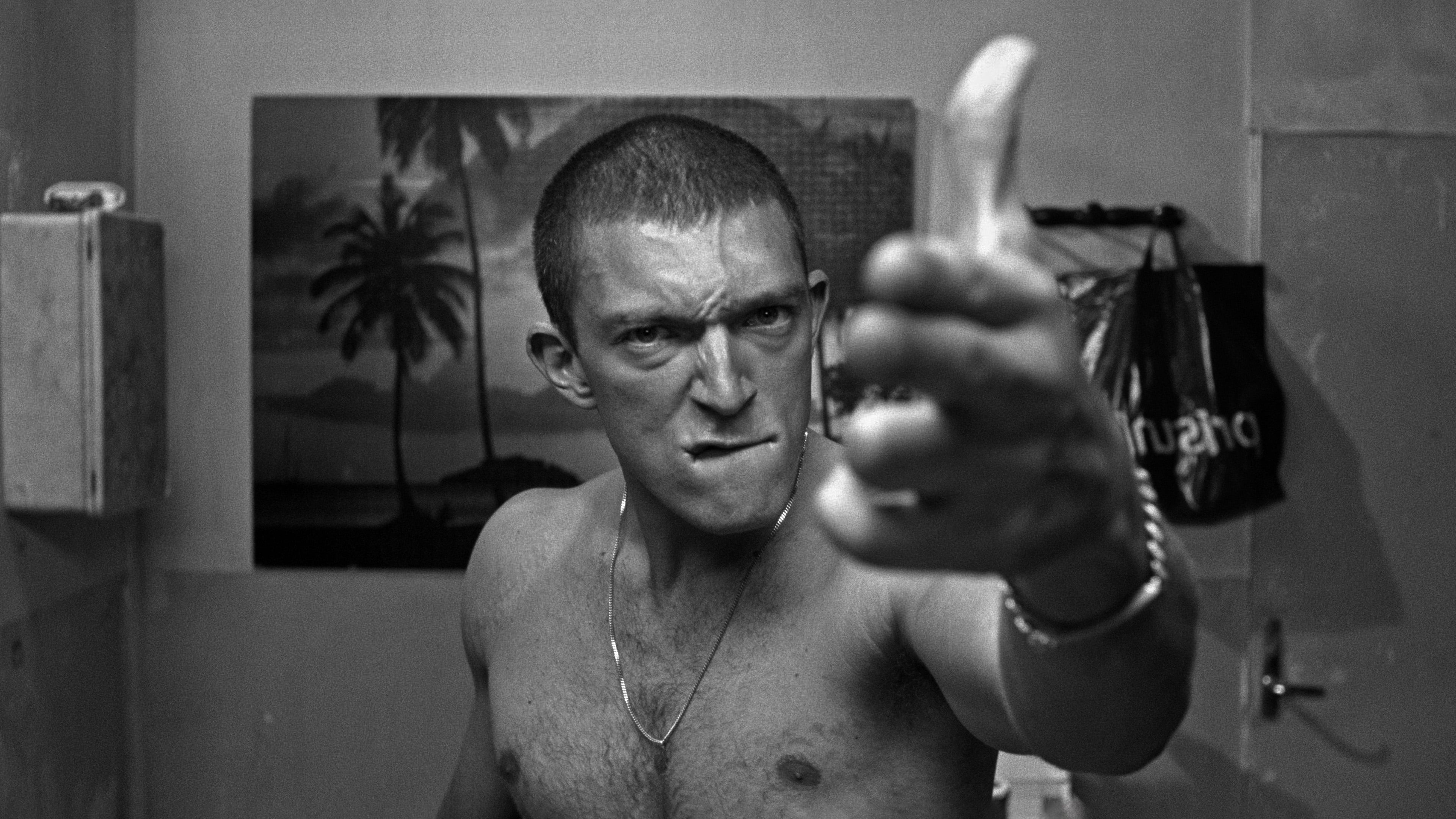
1995
La Haine
Drama
9.0
User Score
4261 Votes
Status
Released
Language
fr
Budget
$2.600.000
Production
Kasso Productions, La Sept Cinéma, Les Productions Lazennec, Canal+, StudioCanal
Overview
After a chaotic night of rioting in a marginal suburb of Paris, three young friends, Vinz, Hubert and Saïd, wander around unoccupied waiting for news about the state of health of a mutual friend who has been seriously injured when confronting the police.
Review
CRCulver
7.0
Matthieu Kassowitz's <i>La Haine</i> (Hate) is a portrait of youth disenfranchisement and the ensuing rage set in the public housing projects outside Paris. Before this film was released, many foreign viewers knew only the well-dressed, white, reserved and educated France depicted in e.g. films of the 1960s New Wave. Even many French people were unaware of the darker undercurrents of their own society, as no film had dared to handle this subject matter before. <i>La Haine</i> was a bombshell. While shot in 1995, it remains entirely topical today, as riots have continued to make the news in recent years.
<i>La Haine</i> follows one day in the lives of three young men of different ethnic backgrounds all born and raised in one particular housing project: the aggressive Jew Vinz (Vincent Cassell), the insecure, clownish Arab Saïd (Saïd Taghmaoui) and the more level-headed, pensive sub-Saharan African Hubert (Hubert Koundé). The film opens on a spring morning, in the aftermath of a riot which has rocked these youths' housing project. Some cars and buildings are destroyed, and the news reports that a police officer has lost his gun in the chaos of the night before. During the 24-hour period before the film's shocking ending, this trio tours the bittersweet environment of their housing project (violence and poverty on one hand, loving families on the other) and, in an effort to pick up money owed to them, they navigate the alien environment (rich, educated, white) of downtown Paris.
This is not only a revelatory film in showing viewers a side of France they had never seen before, but it is also extremely entertaining. The performances by these relatively unexperienced actors are totally convincing, Vincent Cassell in particular. Kassowitz shuns his country's own film tradition and instead sculpts the action under inspiration from the USA. However, the "urban", "hip-hop" aesthetic he employs does not lower the film to the more vacuous Hollywood productions but instead is at the level of Spike Lee and Scorsese. The director's decision to print the film in black and white has imbued it with a gravitas that makes it timeless. That said, in spite of the fine acting and ethnographic detail, the plot itself is rather mundane, which holds me back from giving this too high a rating.
Read More 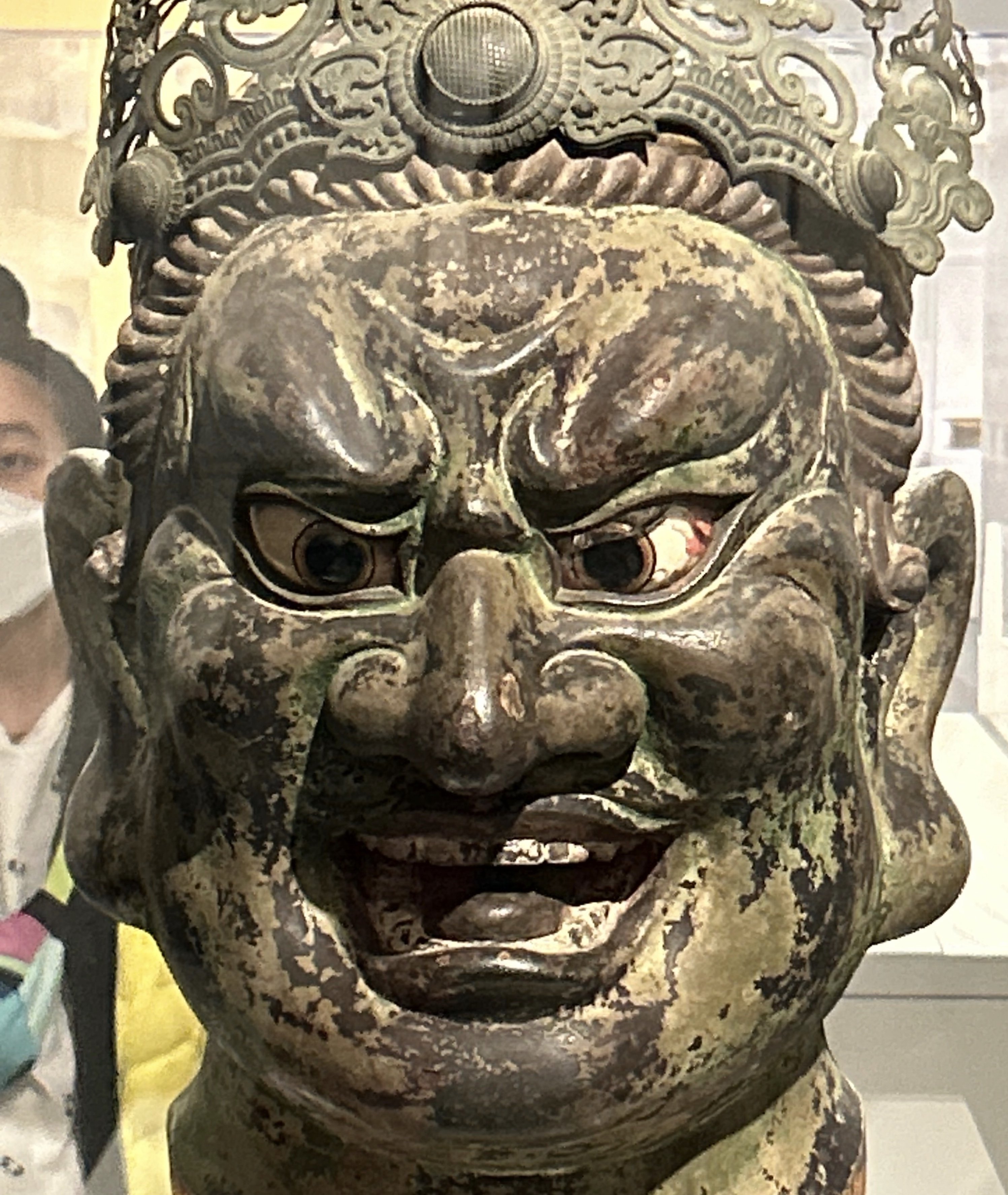
Geronimo1967
7.0
It's not so much the individual acting with this that stands out, it is the collective effort of all concerned to demonstrate to us just how perilous life can be on their Parisian suburban housing estate. Riots the evening before we arrive on the scene have left the area in a state of almost acute nervous exhaustion. The police are treading on egg shells and the community is a tinder box. To add to the volatility, a police officer lost his gun the night before and one of the locals "Vinz" (Vincent Cassel) has vowed to avenge himself on another officer should his currently hospitalised friend "Abdel" die. It transpires quite quickly that "Abdel" was severely injured as a result of an interrogation at a police station, and is now in a coma. You can just imagine the effect that has had on this otherwise mistrusting and suspicious community. Director Matthieu Kassovitz has created a monster here. It's poignant and angry, evocative and terrifying. As this fateful day turns to night and "Vinz" with his two friends "Said" (Saïd Taghmaoui) and aspiring boxer "Hubert" (Hubert Koundé) head downtown things take a turn for the worst with yet more tragic results. It is not an easy film to watch this, but it is compelling and as a sad indictment of urban living and (in)tolerance, it is very effective.
Read More 
